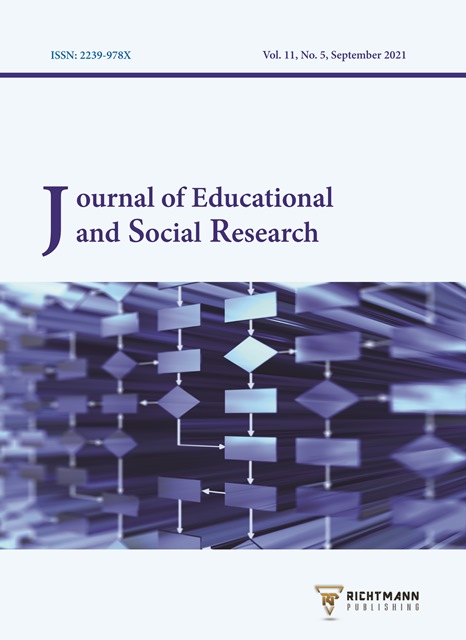Digital Evidence and Prohibitions of Evidence Evaluation
DOI:
https://doi.org/10.36941/jesr-2021-0106Keywords:
Information Systems, Proof, Digital Evidence, Evidence Detection Methods, Computer Programs and LogsAbstract
Since the first moment of the history of humanity, various means of evidence and evidence have been used to reach and detect the offender. As crime types and means of crime have changed and evolved, evidence detection and analysis methods have changed over time. At this point, with the rapid advancement of technology, the emergence of various and new types of crime that can affect many people at the same time in the global world is inevitable. Wherever you are in the world, it is now possible to commit crimes in one way or another that affect one or more people on the other side of the world through the Internet and digital systems. This, in turn, has led states to safeguard their cyber security. For this reason, firstly, it has made a legal regulation to protect its own citizens in domestic law and then it has been forced to cooperate internationally. The way in which classic crime types are committed and the method of evidence is different from the crimes committed through digital systems. The main purpose of the methods of obtaining and proving evidence is to reveal the material truth for a past event. There are also legal requirements, technical methods and scientifically accepted methodologies that must be followed when uncovering material truth. Because digital evidence is both different and more open to manipulation than other classical proofs, it is a matter of adherence to laws and technical rules when obtaining evidence. In order to obtain digital evidence in the Code of Criminal Procedure No. 5271; It has been arranged as a search, copy and seizure protection measure in computers, computer programs and files. Although the heading of the respective substance is initially considered only as a protection measure for computers, it will find application for all devices and systems containing digital data, as detailed below.
Received: 5 June 2021 / Accepted: 15 July 2021 / Published: 5 September 2021
Downloads
Downloads
Published
Issue
Section
License

This work is licensed under a Creative Commons Attribution-NonCommercial 4.0 International License.
This work is licensed under a Creative Commons Attribution-NonCommercial 4.0 International License.









